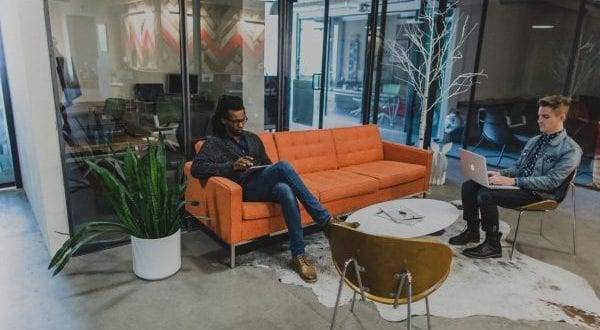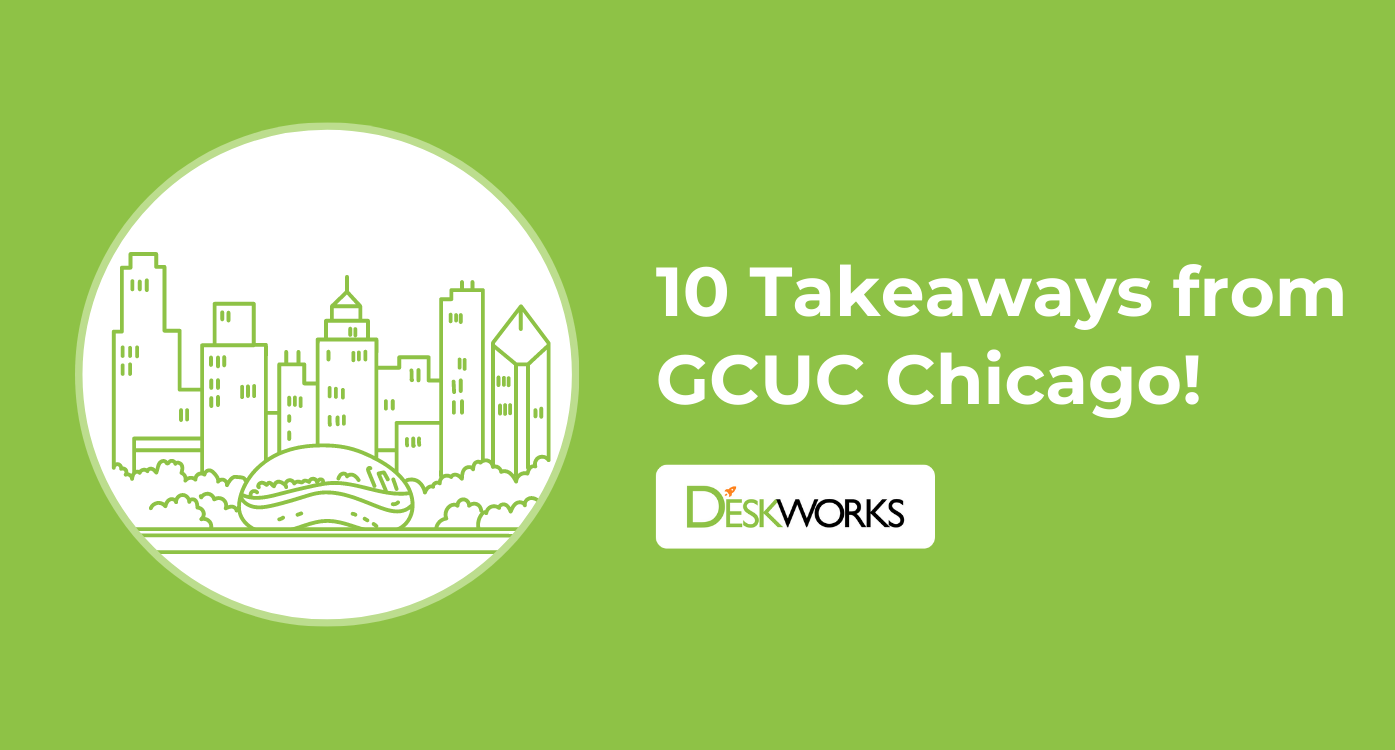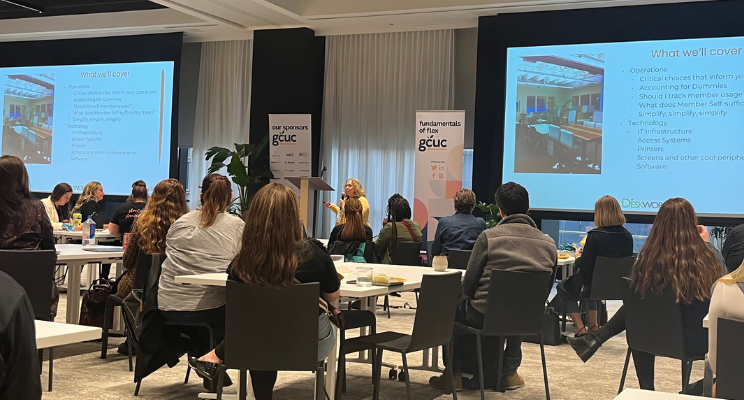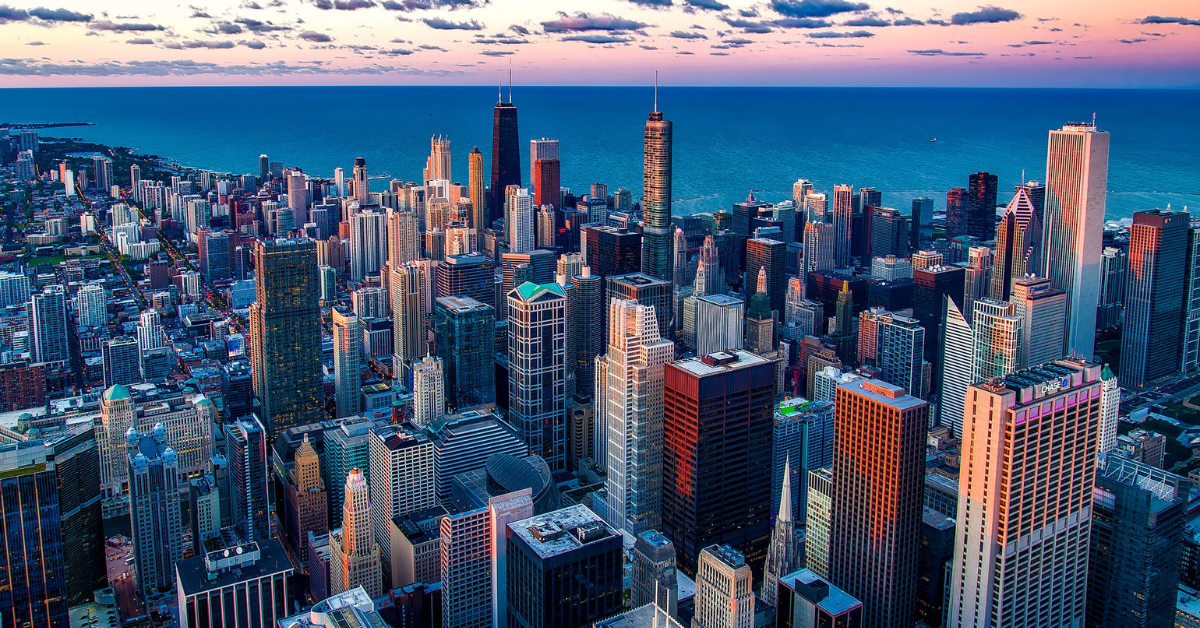How Union Cowork Brings Neighborhood-centric Coworking to Southern California

Union Cowork founder Jamie Miller didn’t plan to open a coworking space when he leased a large San Diego office for his architecture business in 2011. But he found he was lonely working in the space by himself, so he subleased parts of it out.
The available space filled up immediately and signaled a need in the local market for flexible, community-based workspace. In 2013, Miller launched the first Union Cowork. The company has since grown to five locations throughout the San Diego and Los Angeles areas.
I spoke with Lindsey Kneeland, community manager at the Encinitas location, about Union Cowork’s neighborhood-centric approach to coworking, attracting new members through events, and how being a community manager requires being scrappy.
Cat Johnson: How did you come to Union Cowork, and coworking in general?
Lindsey Kneeland: I had never heard of coworking. I met Jamie through the coffee shop I was working at, where I was looking to move into a more professional situation. He said he was opening a coworking space and asked if I’d be interested in doing that.
It was a really good transition for me because I still have that same feeling of working with people and being in customer service, but I’m managing an office now. And I still make coffee.
Union Cowork is in Southern California now, but I understand there are plans to scale up to 50 or so locations. Is that correct?
The goal is to have 50 locations throughout California. It’s a California-centric company. At this point, we have five locations: two in North Park, one in downtown San Diego, one in North County and one in L.A. County.
With our next wave of openings, we plan to stay in San Diego County because there’s still a need in different locations throughout the area. The idea with Union Cowork is that, because our membership is global, members who work out of one space can just as easily access other locations around town. I tell people, ‘Hey, if you’re going to a baseball game, you should stop in here for a beer, because this is your office too.’
That’s a nice member perk to be able to go to spaces in different parts of town.
It is. And we try to keep everything kind of similar. Each space has its own unique vibe, depending on who is managing it and who’s working out of the space. But all the amenities are the same and the designs are very similar.
Jamie’s an architect and he has a really good eye for design, so all our space are beautiful, high-end, well-designed spaces. They’re living works of art.
How does Union differentiate itself from the growing number of shared workspaces and coworking spaces popping up?
The living art part is definitely a huge part of our buildings. We design them to be really cool. Each space is a place you’ll be proud to bring your clients, whether you’re a lawyer, an interior designer, a graphic designer, whatever you do. When you bring people into your office here, you’re going to feel good about it.
The other thing is that all of our buildings are in urban infill neighborhoods. They’re neighborhoods that are already active, that already have places to walk and see things and bike.
My location is right by a train station and there are tons of coffee shops around. You’re not going to be in an industrial park in the middle of nowhere. And all the locations are street-level.
Union Cowork, in addition to being California-centric, is described as neighborhood-centric. What does that neighborhood aspect look like?
It ties into the urban infill design where we build in an existing neighborhood. Whatever is happening in that neighborhood, we try to get involved in it. We partner with local businesses and offer discounts for coffee shops. Our neighborhood partnerships are an extension of our coworking space and community into the neighborhood.
Who does Union Cowork attract? Who makes up your communities?
There’s a lot of diversity. We have a ton of different people, from remote workers who work for larger companies to people who are running their own businesses. I think the greatest benefit of being a member is that you have an opportunity to connect with people from all walks of life.
Union Cowork has a busy events calendar. What kind of programming have you found to be the most interesting to your community?
People love food. Any events that involve tasty treats and some cocktails, just for casual happy hours and meetups that don’t take time out of people’s day.
For the most part, our members have lives, so they can’t always take off for an event. But if there’s a lunch provided where they can pop in, meet and greet people, and get back to work, those are usually the most successful events. Because we’re neighborhood centric and we have great spaces, people come to us with event ideas.
Do you find that partner events are a good way to attract new members?
For sure. Awareness is the number one thing for us—just letting knowing that we are here and available. If we can find event partnerships, we can bring in a lot of new people.
Deskworks helps automate your shared workspace so you can focus on doing what you do best. To learn more, schedule a free demo.
To shift gears a bit, how did you choose Deskworks to run your spaces?
To have the automatic check-in was a huge thing for me. I’m managing a lot of things as a community manager. Our role as community managers is pretty broad because we’re such a small startup company. We have several community managers running the company. With the day pass check-in, it takes the pressure off of me and lets me run the business from a little bit more hands-off perspective.
We had no real management software before. It’s really nice to have the automatically generated reports. And syncing the printing charges with the invoicing is amazing.
As a community manager, you’re basically running a business by yourself. You’ve got to be scrappy. To grow a business to 50 locations, you need a standard that you set for everyone, and Deskworks gives us that standard for us as a company to build on.
How would you advise another shared workspace operator who is considering going with Deskworks?
Do it. It’s great. I’m sold.
I’m really happy with the conference room booking. That was something I was struggling with. We were just using a Google calendar and relying on an honor system to track member usage. It was putting a lot of pressure on me to be responsible for that.
Now, it’s really easy for people to make a booking, see their bookings and to understand when they’re going over their allotted amount. Members from other locations can also easily make bookings.
It goes back to the standard. Before Deskworks, some Union Cowork locations were using the Google calendar, some were using another calendar. Now we have our standard.
Oh, and I love my reports. I used to have to make spreadsheets to keep track of everything. Now, with everything lined up, I won’t have to make any spreadsheets.
To see Deskworks in action, schedule a free demo.





